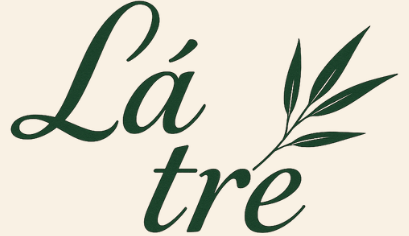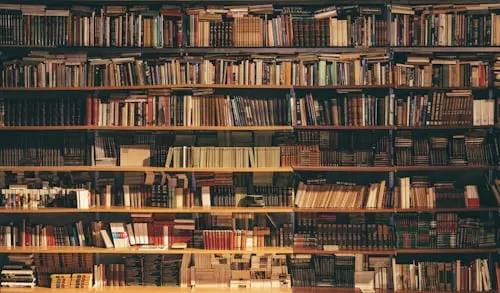Understanding poetry can be a rewarding but challenging endeavor. A deep dive into an analyzed poem reveals not just its surface meaning, but the intricate layers of meaning woven through literary devices, structure, and historical context. This guide explores the key elements of effective poem analysis, providing a framework for unlocking the richness and complexity within any poetic work.
Contents
Deconstructing the Poem: Key Elements for Analysis
Analyzing a poem involves examining various interconnected aspects that contribute to its overall meaning and impact. These elements, when examined individually and collectively, offer a comprehensive understanding of the analyzed poem.
Context, Audience, and Purpose
Understanding the context in which a poem was written is crucial for accurate interpretation. The historical, cultural, and social circumstances surrounding the poem’s creation illuminate its meaning. Considering the intended audience sheds light on the poet’s choices regarding language, style, and theme. Identifying the purpose of the poem—whether to express emotion, convey a message, or explore a specific idea—provides a foundation for deeper analysis.
Structure and Form
The structure of an analyzed poem plays a significant role in its meaning. Examining elements like line length, stanza arrangement, and overall form (sonnet, haiku, free verse, etc.) reveals how the poet uses structure to create rhythm, emphasize specific words or phrases, and build emotional impact.
Rhythm, Meter, and Rhyme
The musicality of poetry is created through rhythm, meter, and rhyme. Analyzing the pattern of stressed and unstressed syllables (meter) and the repetition of sounds (rhyme) reveals the poem’s underlying rhythmic structure. These elements contribute to the poem’s flow, mood, and overall effect.
Sound Devices
Poets utilize various sound devices to enhance the auditory experience of an analyzed poem. Alliteration, assonance, consonance, and onomatopoeia create layers of sound that contribute to the poem’s overall effect. These devices can evoke emotions, emphasize certain words, and create a sense of musicality.
Imagery and Figurative Language
Imagery and figurative language bring a poem to life by engaging the reader’s senses and imagination. Metaphors, similes, personification, and other figures of speech add depth and complexity to the poem’s meaning. Analyzing these elements reveals how the poet uses language to create vivid images and convey abstract ideas.
Crafting a Comprehensive Poem Analysis
Writing a compelling analysis of an analyzed poem involves a systematic approach:
-
Close Reading: Read the poem multiple times, paying attention to every word, phrase, and punctuation mark.
-
Identify Key Elements: Analyze the poem’s context, structure, sound devices, imagery, and figurative language.
-
Develop a Thesis: Formulate a central argument about the poem’s meaning and how the various elements contribute to that meaning.
-
Provide Evidence: Support your thesis with specific examples and quotations from the poem.
-
Organize Your Analysis: Structure your essay logically, moving from a clear introduction to a well-supported conclusion.
The Power of Poetry Analysis
Analyzing poetry enhances our appreciation for the art form. By dissecting an analyzed poem, we gain a deeper understanding of the poet’s craft and the intricate layers of meaning embedded within the text. This process allows us to connect with poetry on an intellectual and emotional level, enriching our understanding of language, human experience, and the world around us.
Conclusion
Analyzing a poem is a journey of discovery. By carefully examining its various elements, we unlock the rich tapestry of meaning woven within the words. Through thoughtful analysis, we can appreciate the power of poetry to evoke emotion, stimulate thought, and offer profound insights into the human condition. Engaging with an analyzed poem is a rewarding experience that deepens our understanding of both the poem itself and the art of poetry as a whole.

